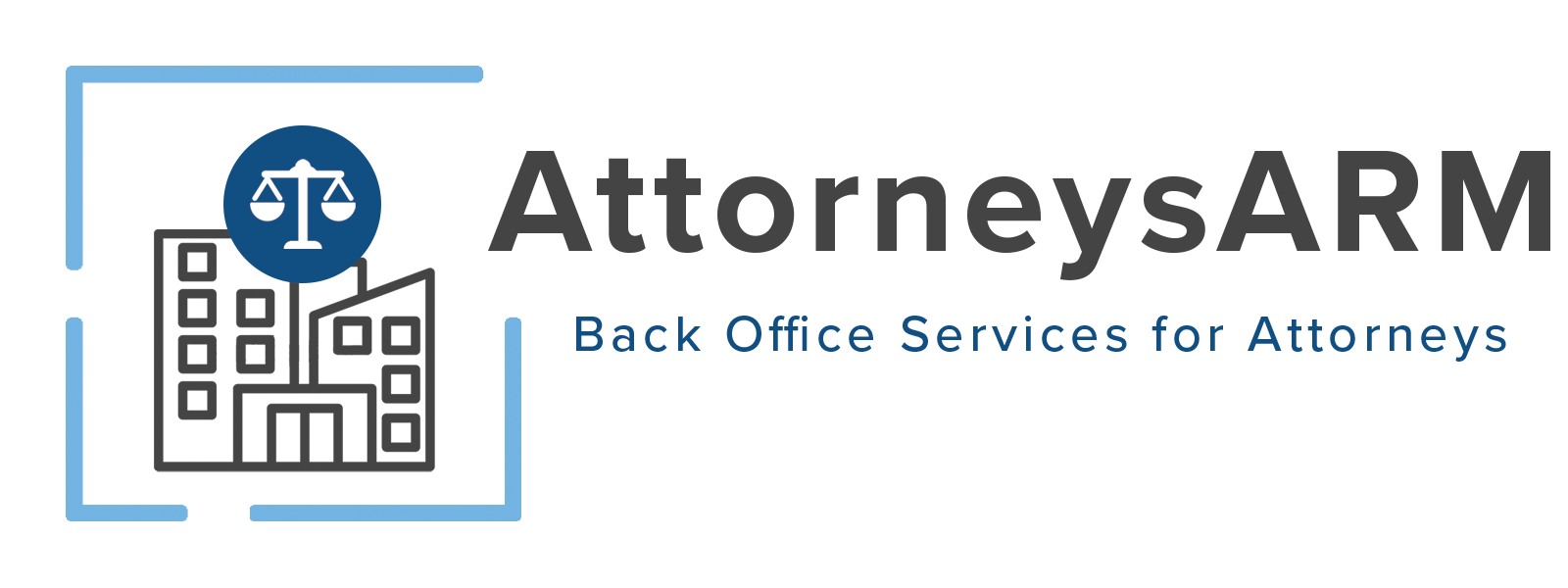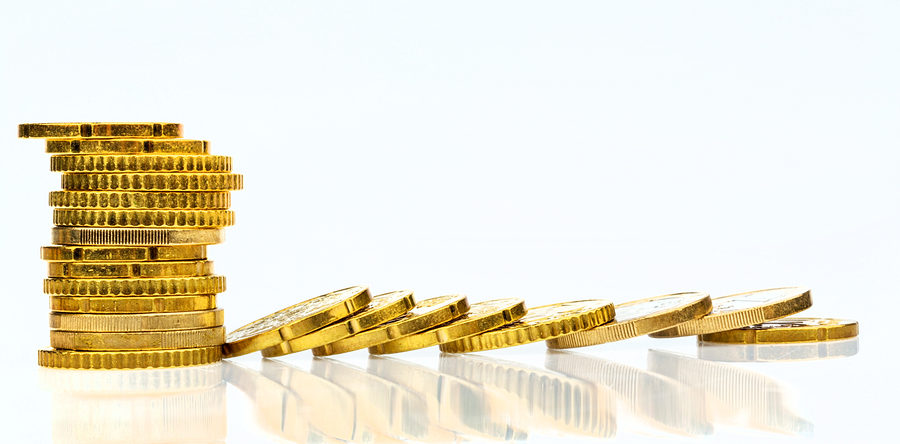If you’re looking to improve your accounts receivable, look no further than this post. We have a genius strategy to help you maximize this important area of your business. This strategy places focus in two places: your bad debt reserve and the importance of follow-up.
What’s a Bad Debt Reserve?
A bad debt reserve is an account that is set-up to help minimize the effects that dealing with bad debt has on your business. Bad debt (past due accounts, accounts in collection, and even accounts you’re thinking about writing off) negatively impact your business. A bad debt reserve is like a savings account for your business and the money is earmarked specifically for dealing with the bad debt fallout.
Figure Out How Much Money You Need in Your Bad Debt Reserve
It’s important to make sure that you have the right amount of money in your bad debt reserve. The calculation itself isn’t difficult, but you do need access to certain information from your business. Having the correct amount of money placed into this account can help you decide which accounts you can write off and which ones you should send to collections.
First, think about the bad debts you’ve dealt with in the past. You can use your accounts receivable software to determine this amount. This is an estimate of what you’ll need for your bad debt reserve. However, it’s also important that you take the time to analyze your past due accounts. What percentage of them were 30 days past due? What percentage of them were 60 days past due? What percentage were 90 days past due? What percentage go past that 90 day mark? Take this information into consideration.
Second, consider your ultra-high risk clients. Which clients do you think are at risk of defaulting and filing for bankruptcy? If a client files for bankruptcy, there’s a very good chance that you won’t get paid anything on the past due amount. So, you need to set up a special bad debt reserve. The amount should be based on the average amount of the worth of the accounts.
Third, do some research on bad debt reserves in your industry. How much money is usually set aside? You can usually find this information on bigger and more established companies that are public or that are required to publish their financial information.
Make sure that you evaluate your bad debt reserve every year and change it as needed. The goal is to make sure it is realistic. Without enough money, your business can suffer. With too much money set aside, you may find that the money could be better used in other parts of your business.
Follow-up Can Help Avoid Default
Follow-up is an important concept in accounts receivable that often doesn’t start soon enough. Follow-up should start the day after an account goes past due. Picking up the phone and calling the client can help you determine if the client simply forgot, if they have questions, or if they’re undergoing financial difficulty. Knowing what’s happening on the other end can help you figure out what you can do to get paid faster.
Get Help with Past Due Accounts
If you have past due accounts and need help, contact Clients ARM for your free consultation. In addition to assisting with accounts receivable, we can also help with first and third-party collections and credit management services. With more than 30 years of experience, Clients ARM can help you improve your accounts receivable.




